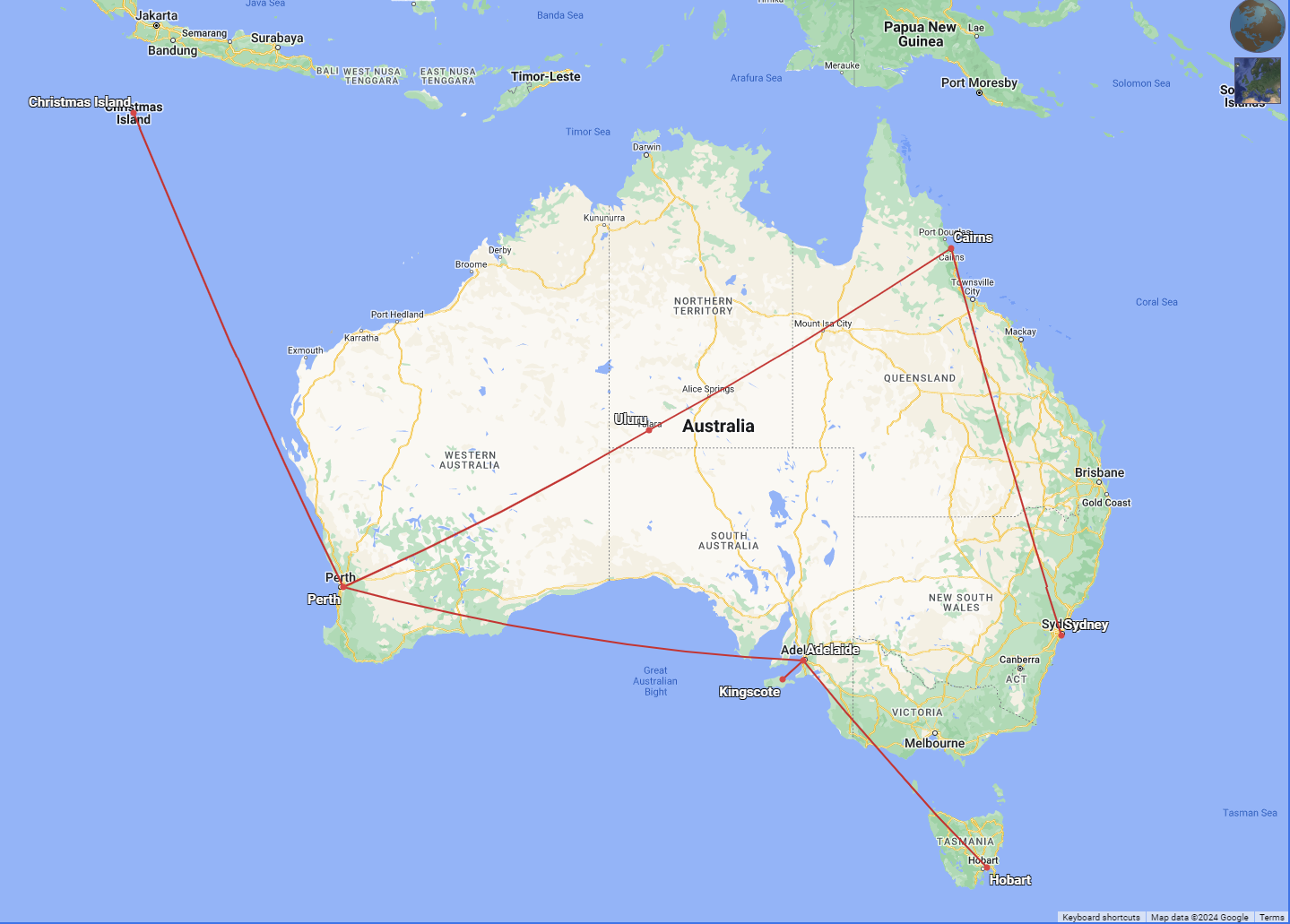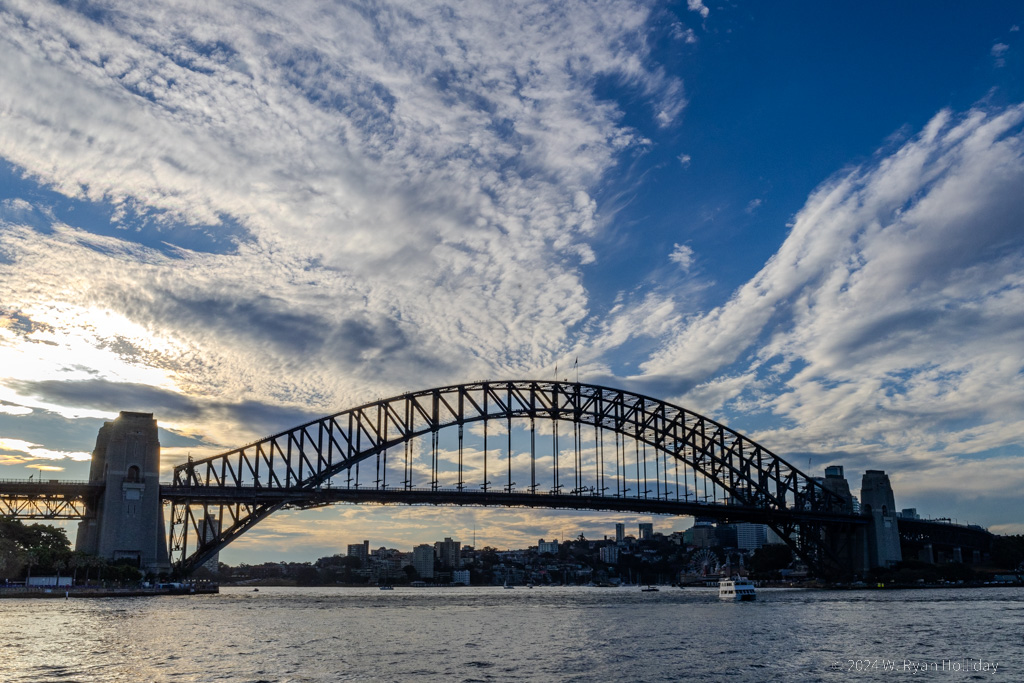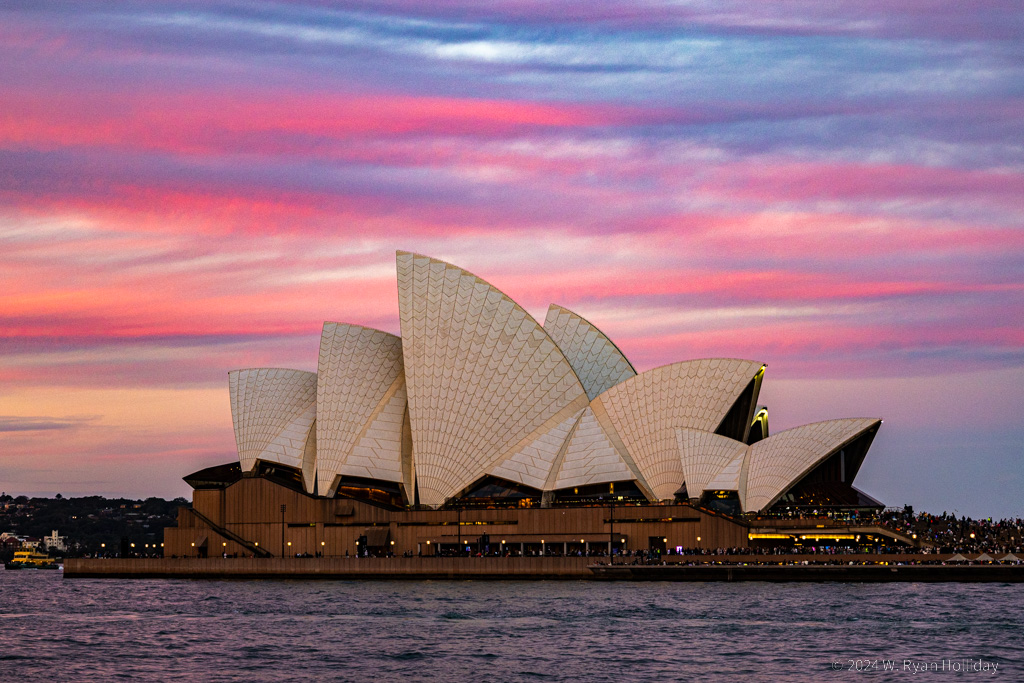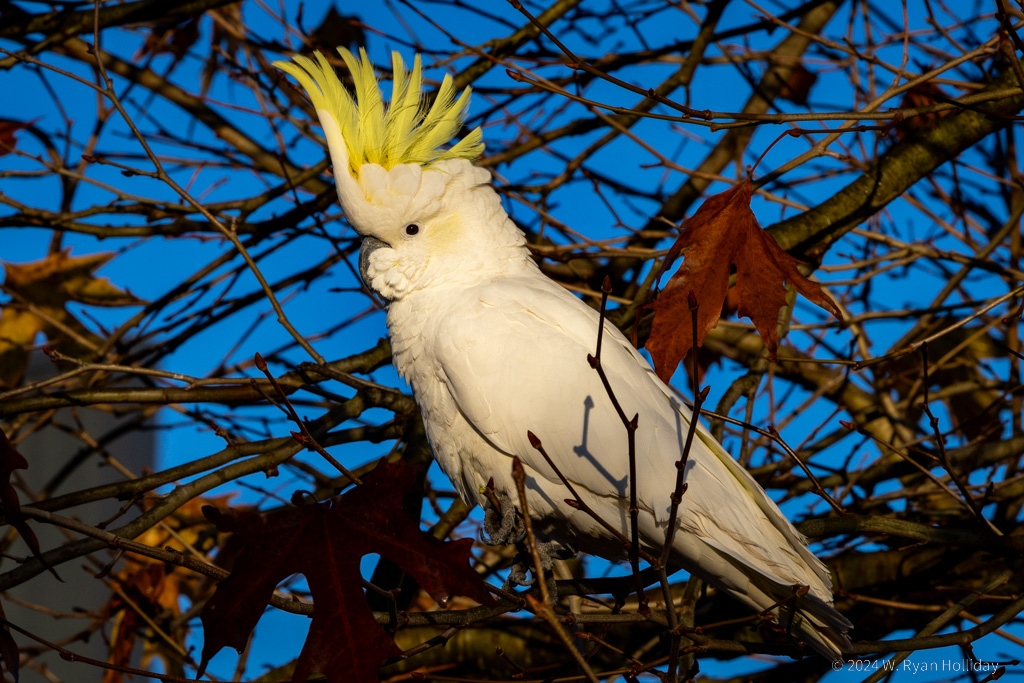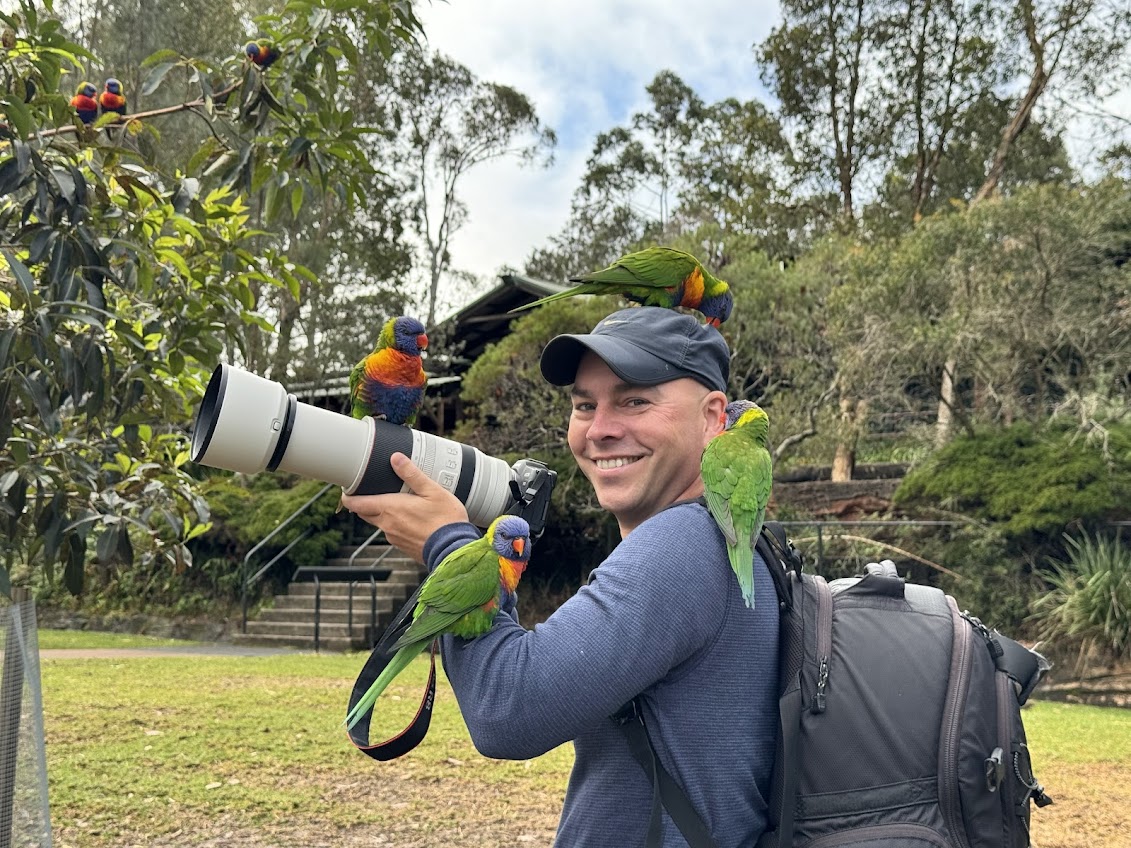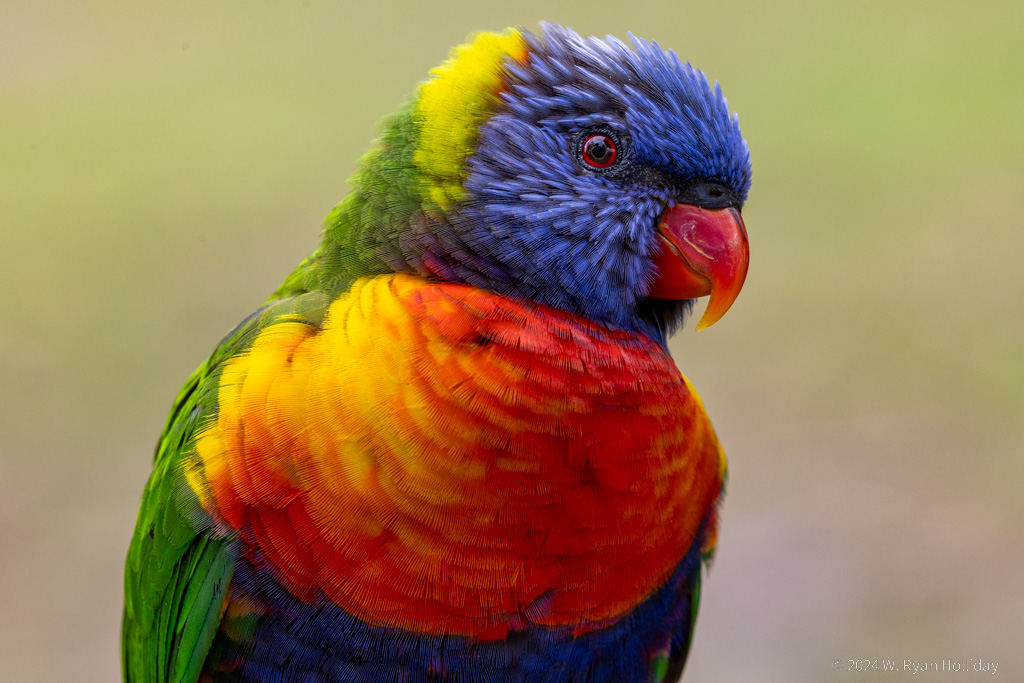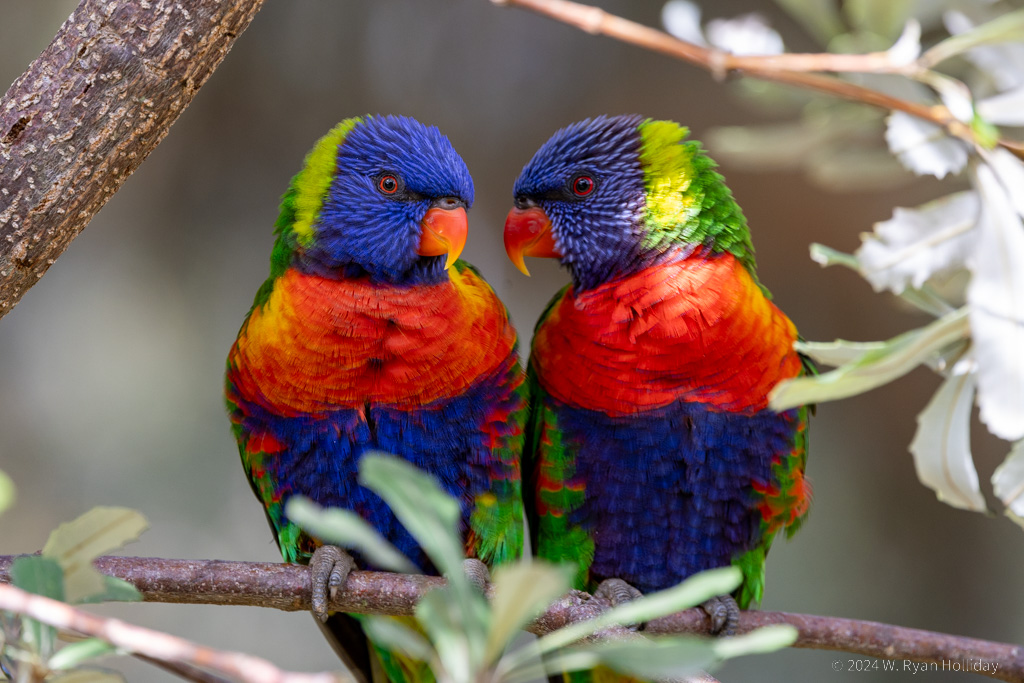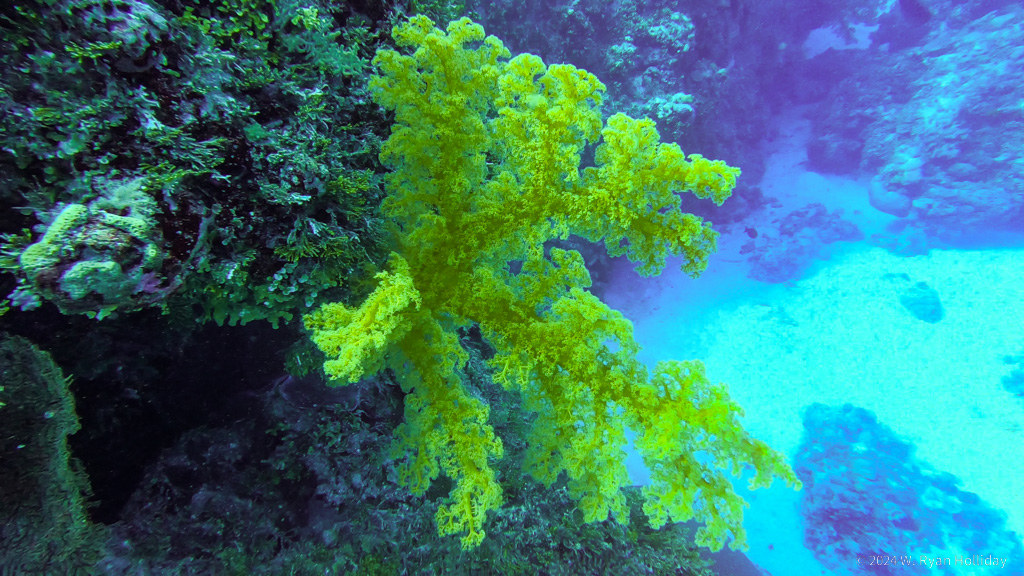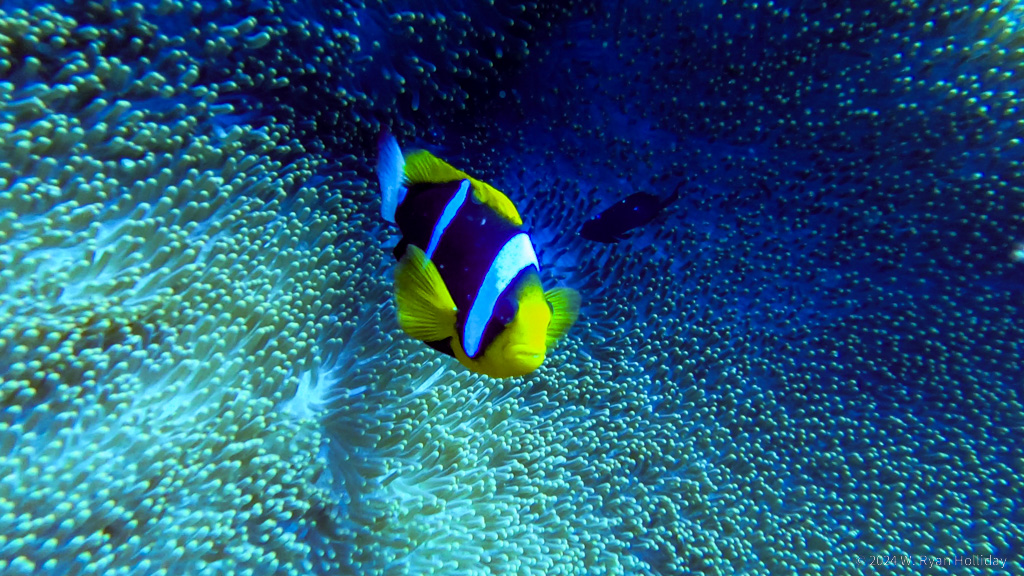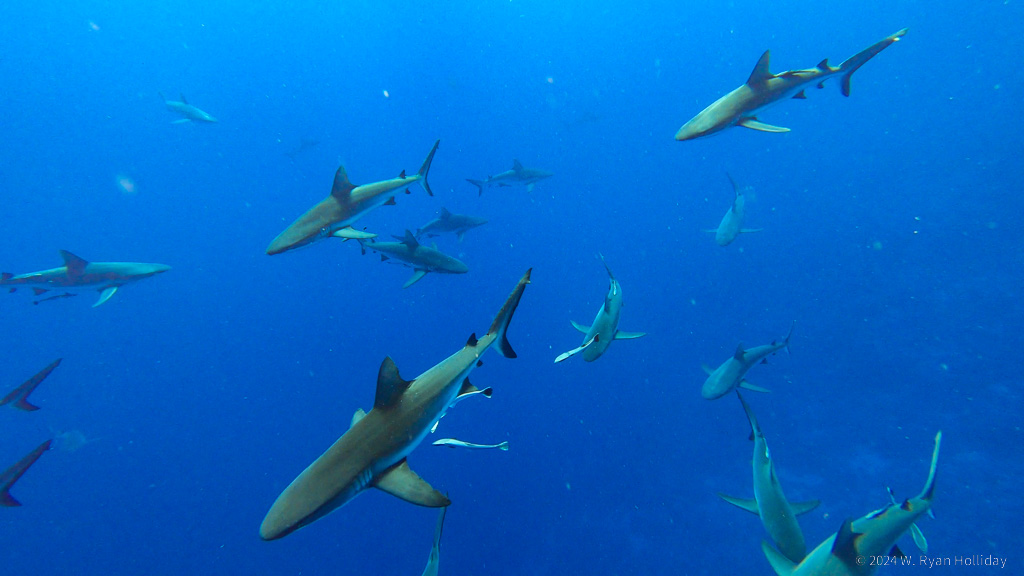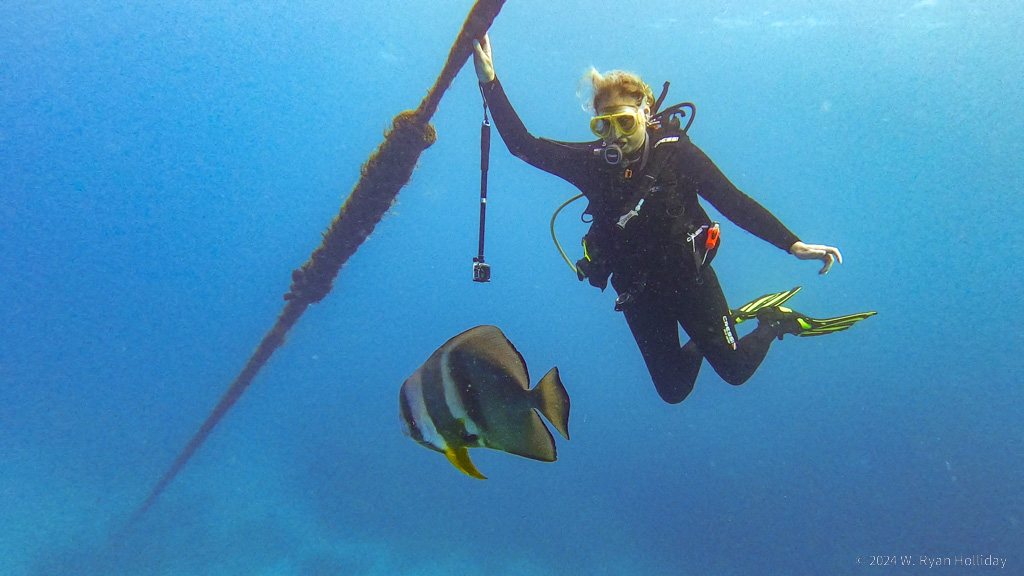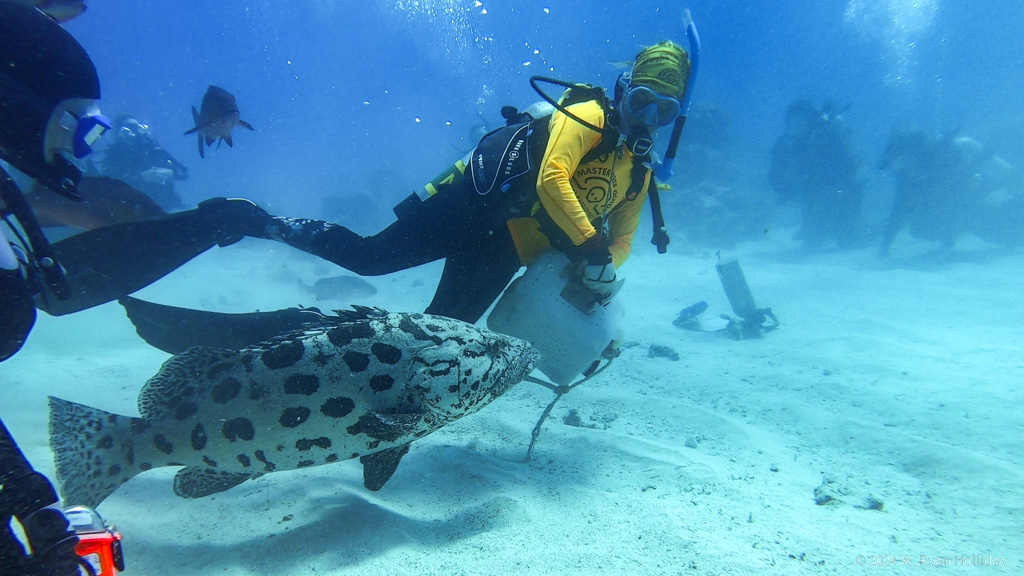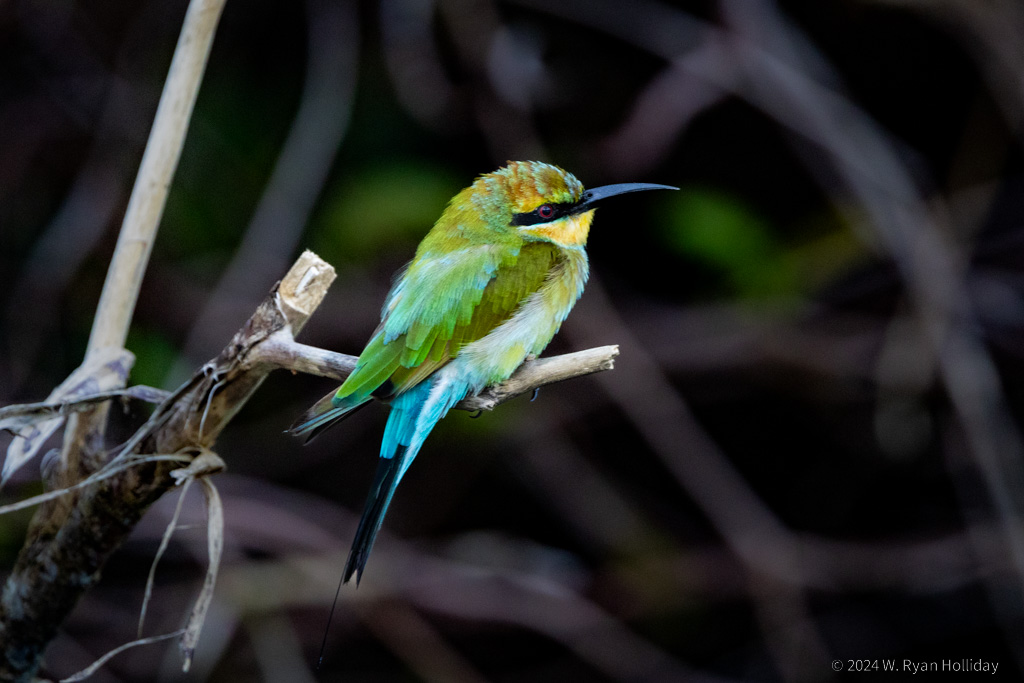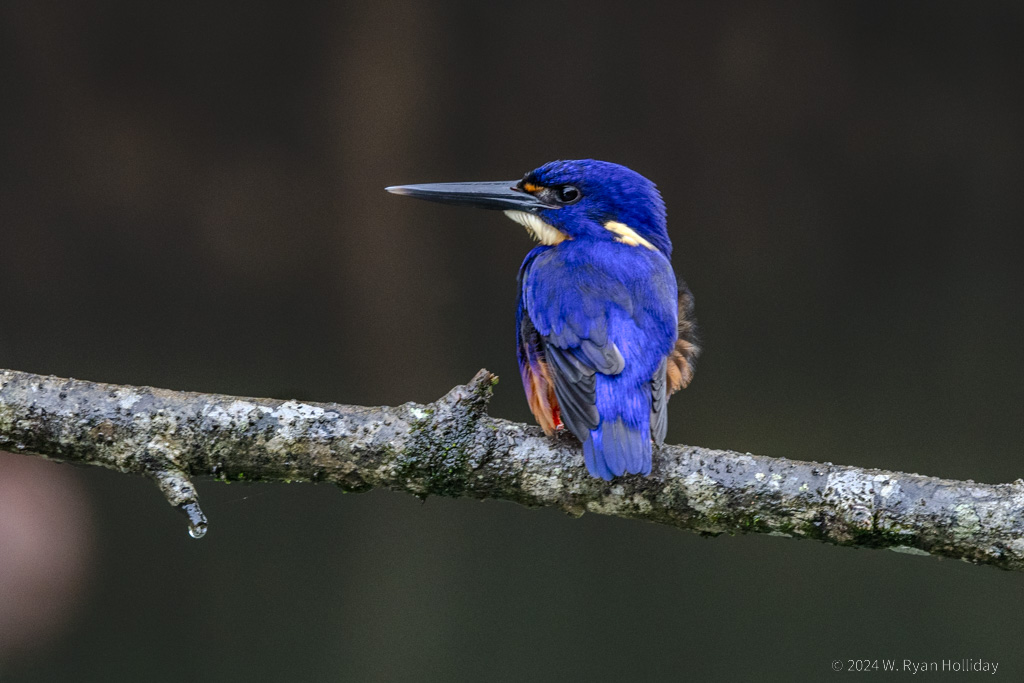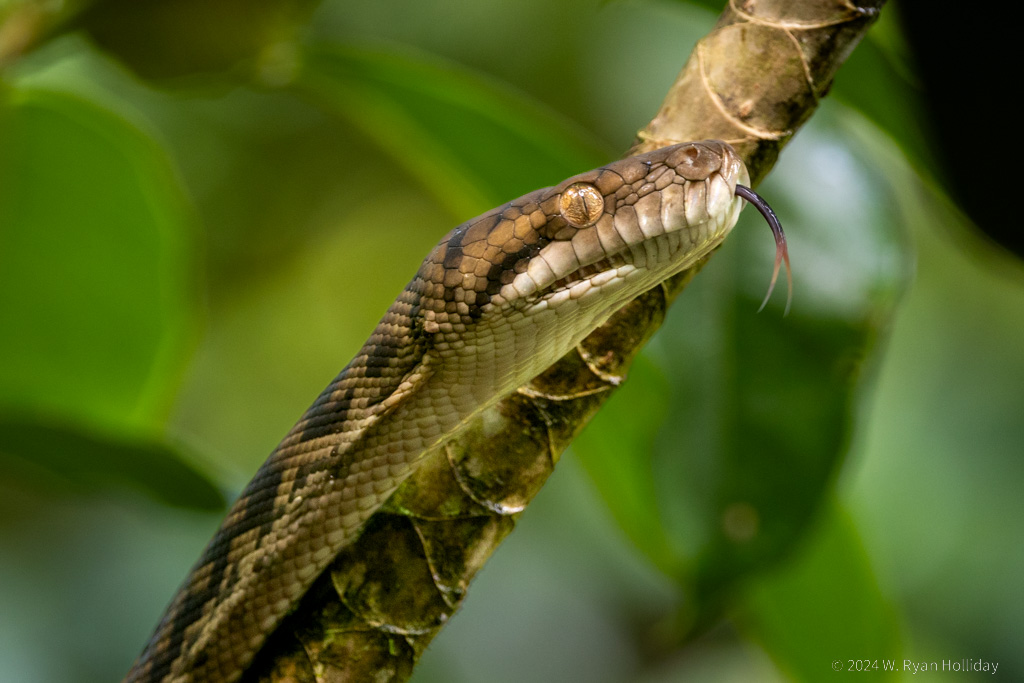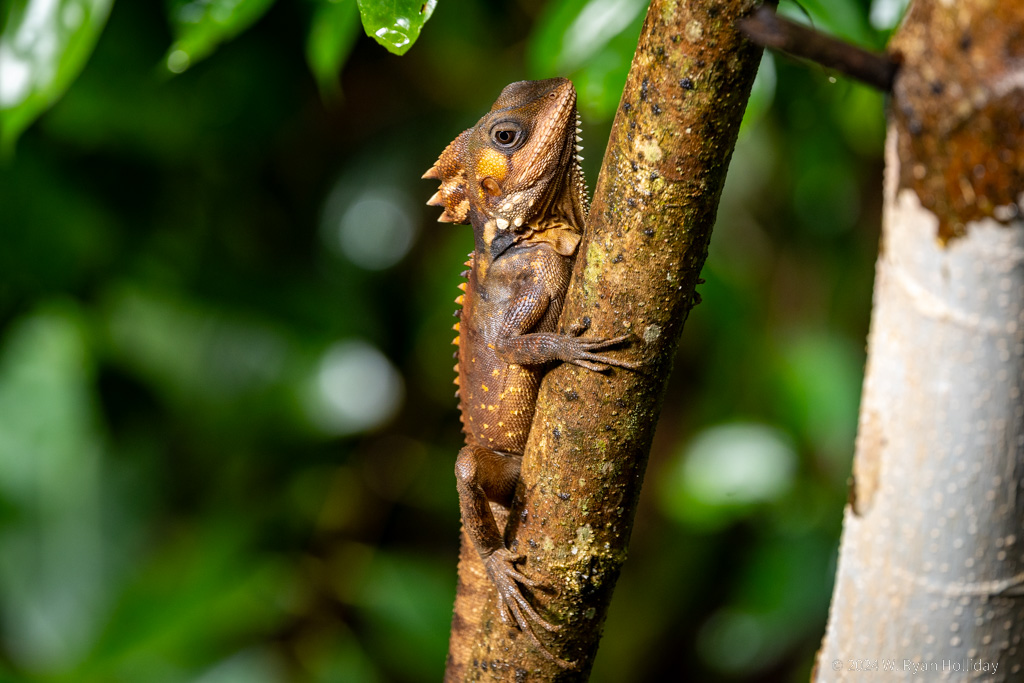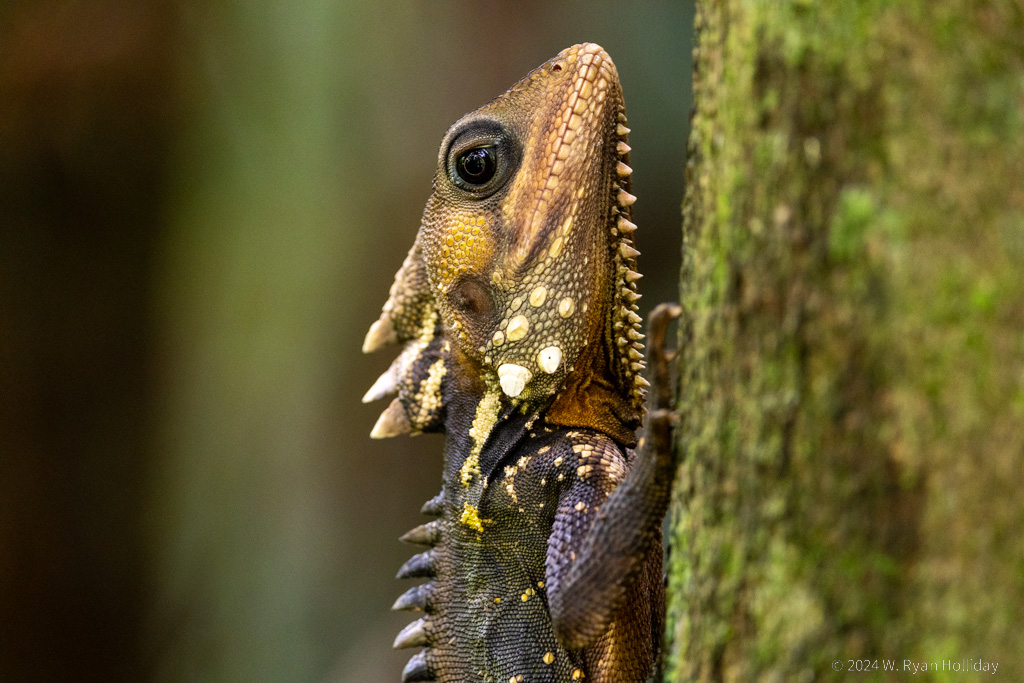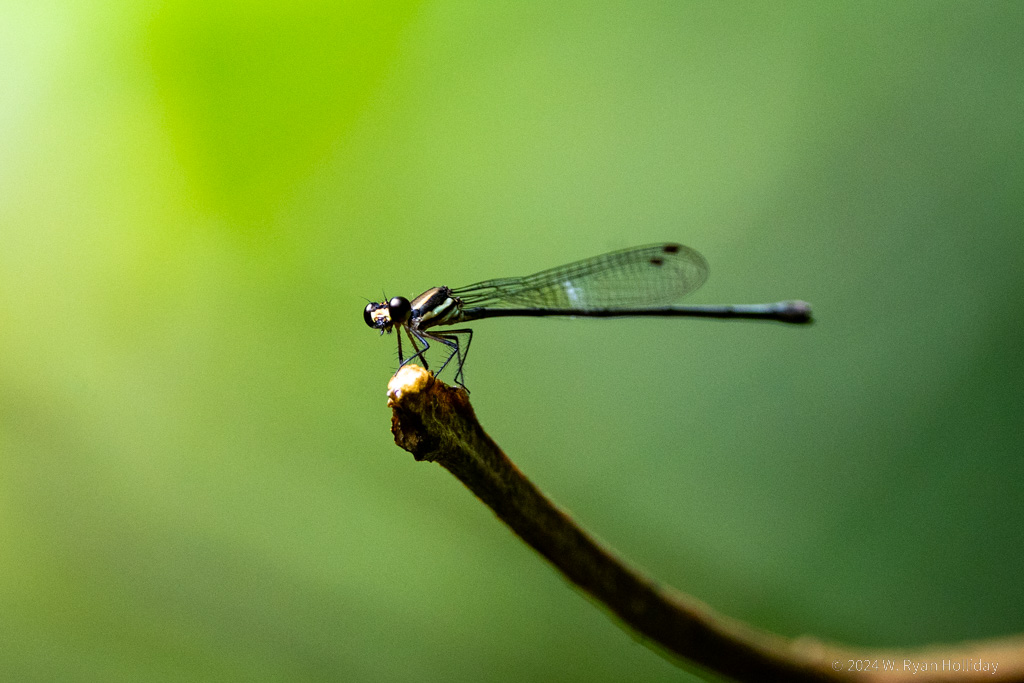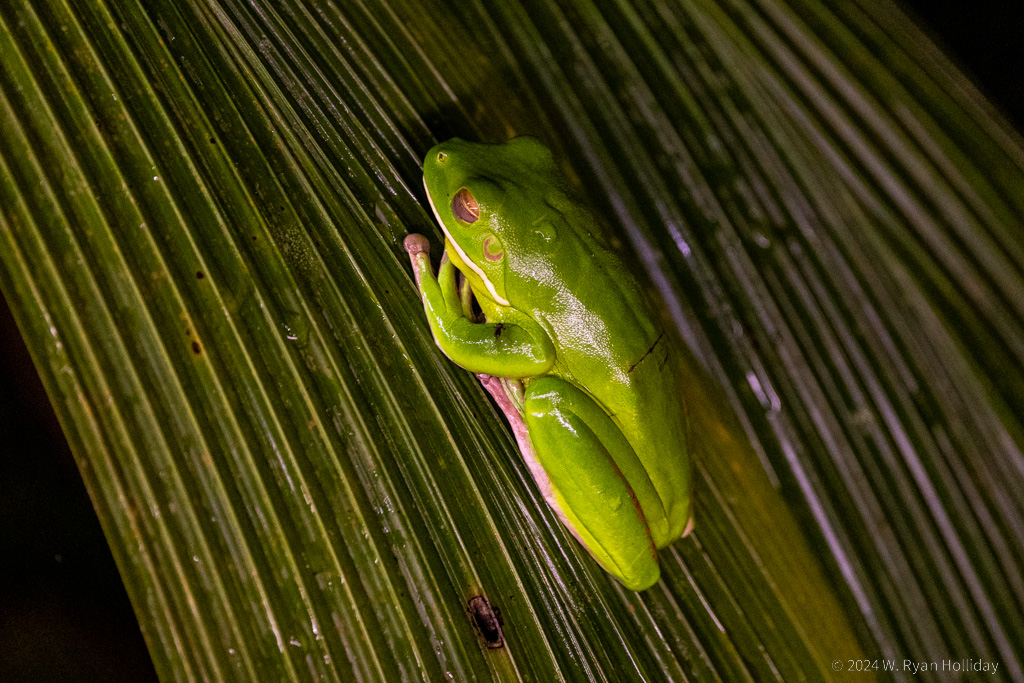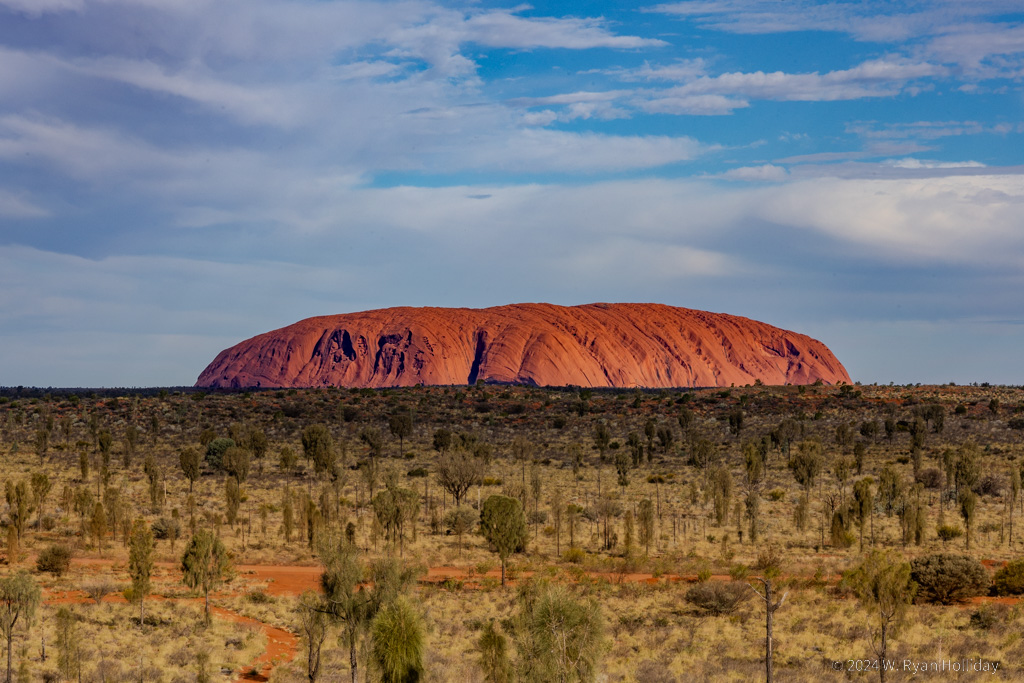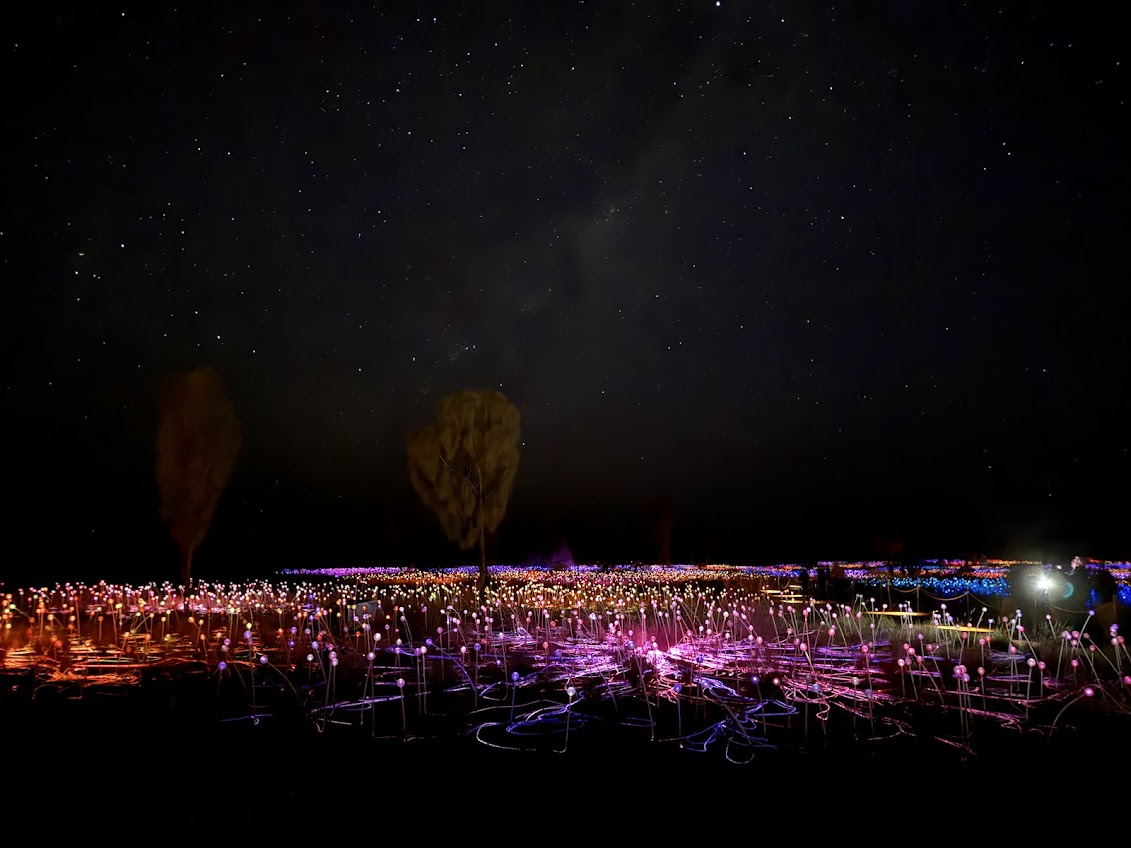This week of diving is going to be BUSY. We did two dives after boarding on the first day, then FIVE dives today, including a night dive with what seemed like every shark in Australia swimming around, past, and alongside us. After the first dive I was worried it could be a horrific trip, after the last dive I’m pretty sure it will be one of the best dive trips we ever do.
The trip started ominously with a checkout dive in choppy waters where there was all sorts of confusion about what to do, what the hand signals were, etc. Before I even got to the bottom I’d blown through a quarter of my air, and Audrey and I both came up questioning what we’d gotten ourselves into. Since then, however, it has been amazing. The coral is generally really healthy, the fish are fearless, and there’s tons of neat stuff to see.
While yesterday’s two dives were on the inner reef, the boat motored through the night, and now we’re diving the outer, less visited portion of the reef, specifically Ribbon Reef #9. The first four dives today were good ones – we saw a few cuttlefish on the day’s first dive at 7am, and I need to see more since they are awesome. All sorts of other fish have made appearances, but between my utter inability to identify fish and the fact that it would bore everyone reading this journal for me to do so, I’ll just move on to the night dive with a bazillion sharks.
We did two dives at the same spot today, one in the late afternoon, and one after dark, and the difference in the dive site was the epitome of “night and day”. Before we even jumped in the water for our night dive we could see tons of sharks, trevally, and other big fish out hunting, and when we got in the water it was an instant madhouse. We were utterly surrounded by big fish, with three foot trevally and six foot sharks gliding past just inches away. They didn’t care one bit for us, and were totally focused on getting their meal on, sometimes pushing themselves under ledges to wrestle out poor souls they’d found. After forty-five minutes of swimming through hordes of the beasts we returned to the boat, and I’m pretty sure that dive is now safely in my top three dives ever (mantas are hard to beat).
Tomorrow there are only four dives on the schedule, then we have an in-between day with just a couple of dives while some of the passengers and crew rotate out at Lizard Island, then we’ll have three more very full days of diving out in the Coral Sea. The photos for the next few days will all be screen captures from GoPro video, so the quality won’t be quite up to the standards of the big Canon camera, but they should give some sense of what we’re seeing.
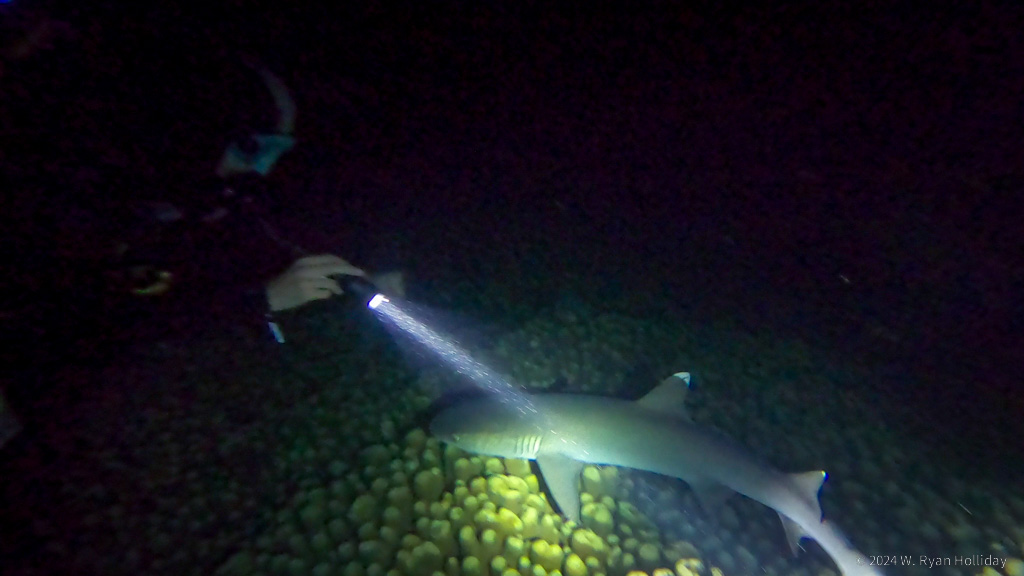
Pedro could have reached out and petted this reef shark as it swam over the coral. There were dozens of sharks in VERY close proximity on this dive.
